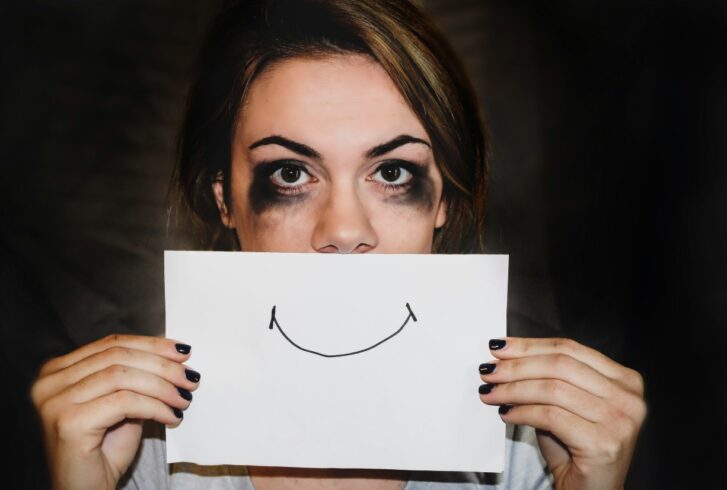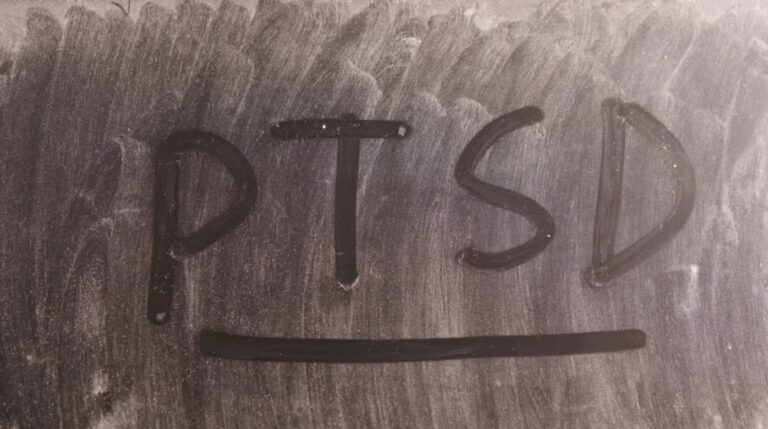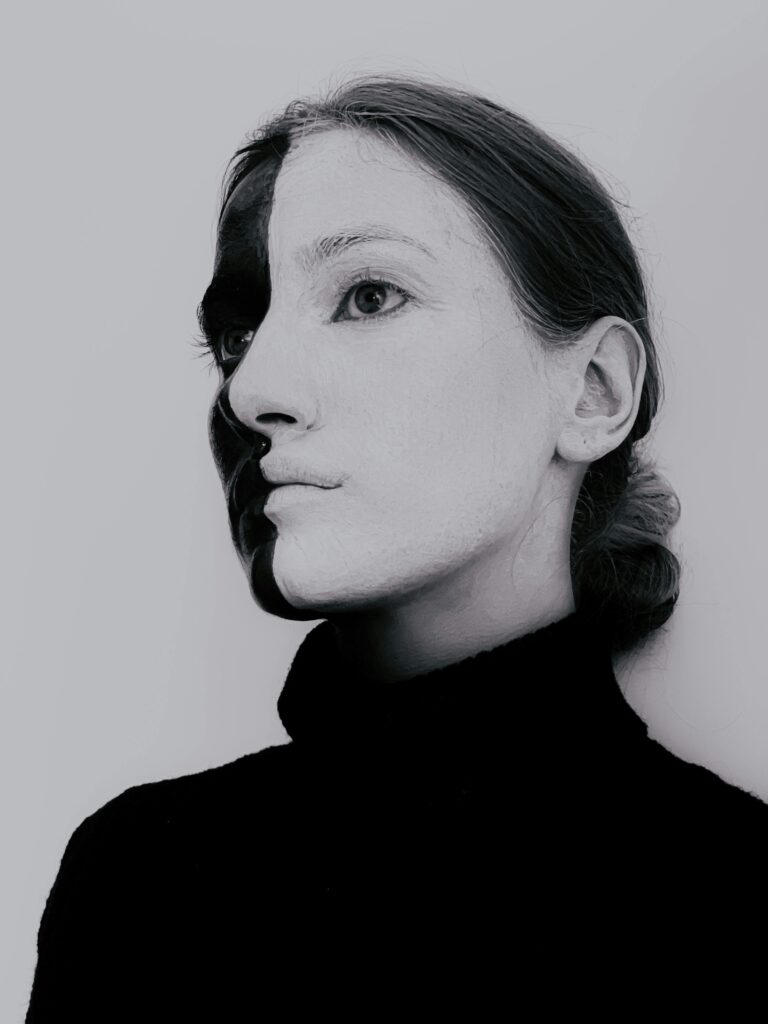Anxiety is a prevalent mental health disorder characterized by persistent worry, fear, and physical symptoms. Affecting many people worldwide, anxiety can significantly disrupt daily life and overall well-being.
The complexity of anxiety arises from its diverse causes, including genetic, environmental, and psychological factors. Early recognition of symptoms and understanding of available treatment options are essential steps towards effective management.
This article provides a comprehensive overview of anxiety, detailing its causes, symptoms, and the most effective treatment strategies.
Common Causes of Anxiety
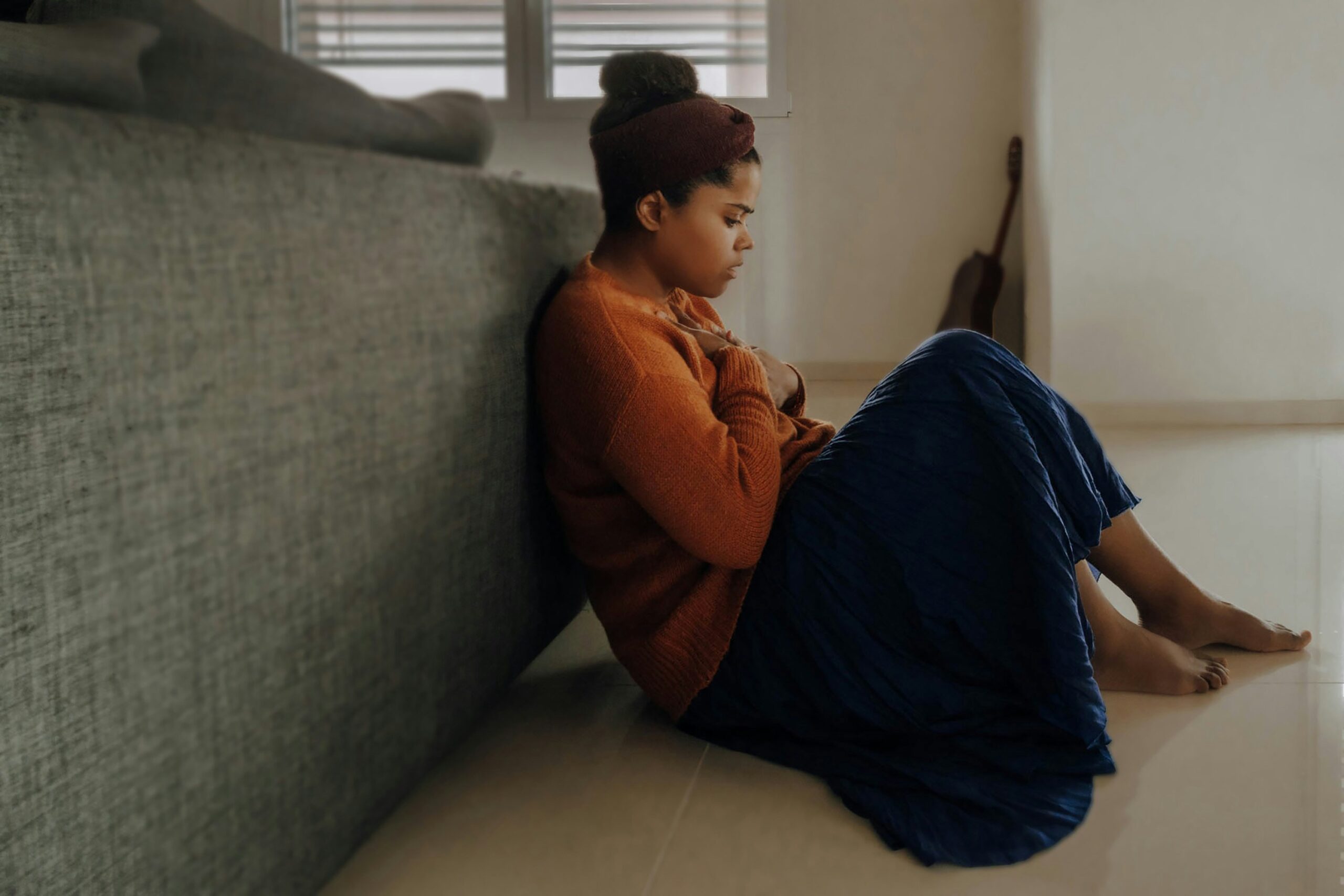
- Genetic Factors
- Brain Chemistry
- Social Factors
- Medical Conditions
- Substance Use and Withdrawal
- Personality
- Stress and Life Circumstances
- Biological Factors
The reasons behind anxiety are complex, with all sorts of factors contributing to it.
For one, there seems to be a genetic component. (1) If you have family members who’ve dealt with anxiety, you may be more prone to it yourself. It also has to do with the chemicals in your brain – imbalances in things like serotonin and dopamine can lead to anxious feelings.
The environment and your life experiences play a big role too. Traumatic events, especially from childhood, can trigger anxiety disorders. Chronic stress from work, relationships, or other parts of life can really wear you down over time. Medical conditions, substance abuse, and even your personality type can all influence anxiety as well.
It’s a lot to take in, but understanding these different factors is key to finding the right solutions. For some people, therapy and medication are helpful. For others, making lifestyle changes like exercising, practicing meditation, and getting better sleep can make a real difference. Usually, it’s a combination of approaches that work best.
The important thing is not to face this alone. Reach out to your loved ones, your doctor, or a mental health professional.
How to Recognize the Symptoms?
Anxiety can show up in both physical and psychological ways, so it’s important to be aware of the different signs.
On the physical side (2), you might notice things like:
- A racing heart or palpitations
- Sweating, especially in situations that wouldn’t normally cause that
- Feeling short of breath or like you can’t catch your breath
- Muscle tension, especially in the neck, shoulders, and back
- Stomach issues like nausea, diarrhea, or irritable bowel syndrome
- Dizziness or feeling lightheaded
- Fatigue, despite feeling on edge
- sleeping or restless sleep
The psychological symptoms can be just as disruptive. These might include:
- Excessive worrying that feels hard to control
- Feeling irritable or on edge more often
- Restlessness and an inability to sit still
- Trouble concentrating or focusing on tasks
- Fears of losing control or “going crazy”
- Avoiding certain situations or activities to prevent anxiety
- Intrusive, negative thoughts that are hard to shake
Physical Symptoms of Anxiety
Anxiety can take a significant physical toll, causing a range of uncomfortable symptoms that impact the body.
Rapid Heart Rate
When someone is anxious, their body goes into a “fight-or-flight” response, releasing adrenaline. This causes the heart to beat faster and feel like it’s pounding or fluttering in the chest.
Sweating
Heightened sweating, especially on the palms, face, or underarms, is a telltale physical symptom of anxiety. It’s caused by stress, which disrupts the temperature regulation of the body.
Difficulty Breathing
The breathing often becomes rapid and shallow, a condition known as hyperventilation. It can create a sensation of not being able to get enough air.
Muscle Tension
Persistent tightness or pain in the neck, shoulders, and back often accompanies anxiety. The body stays in a constant state of alertness, causing the muscles to become tense.
Digestive Problems
Anxiety has a strong connection to the gut and can cause stomachaches, nausea, diarrhea, or irritable bowel syndrome (IBS) flare-ups.
Dizziness
Feelings of dizziness can stem from hyperventilation, as well as from changes in blood pressure.
Fatigue
Despite the physical arousal, anxiety can paradoxically leave someone feeling extremely tired and drained, both mentally and physically.
Sleep Disturbances
Difficulty falling or staying asleep, as well as poor sleep quality, are common issues for those dealing with anxiety and its persistent worrying or racing thoughts.
The Psychological Impacts of Anxiety
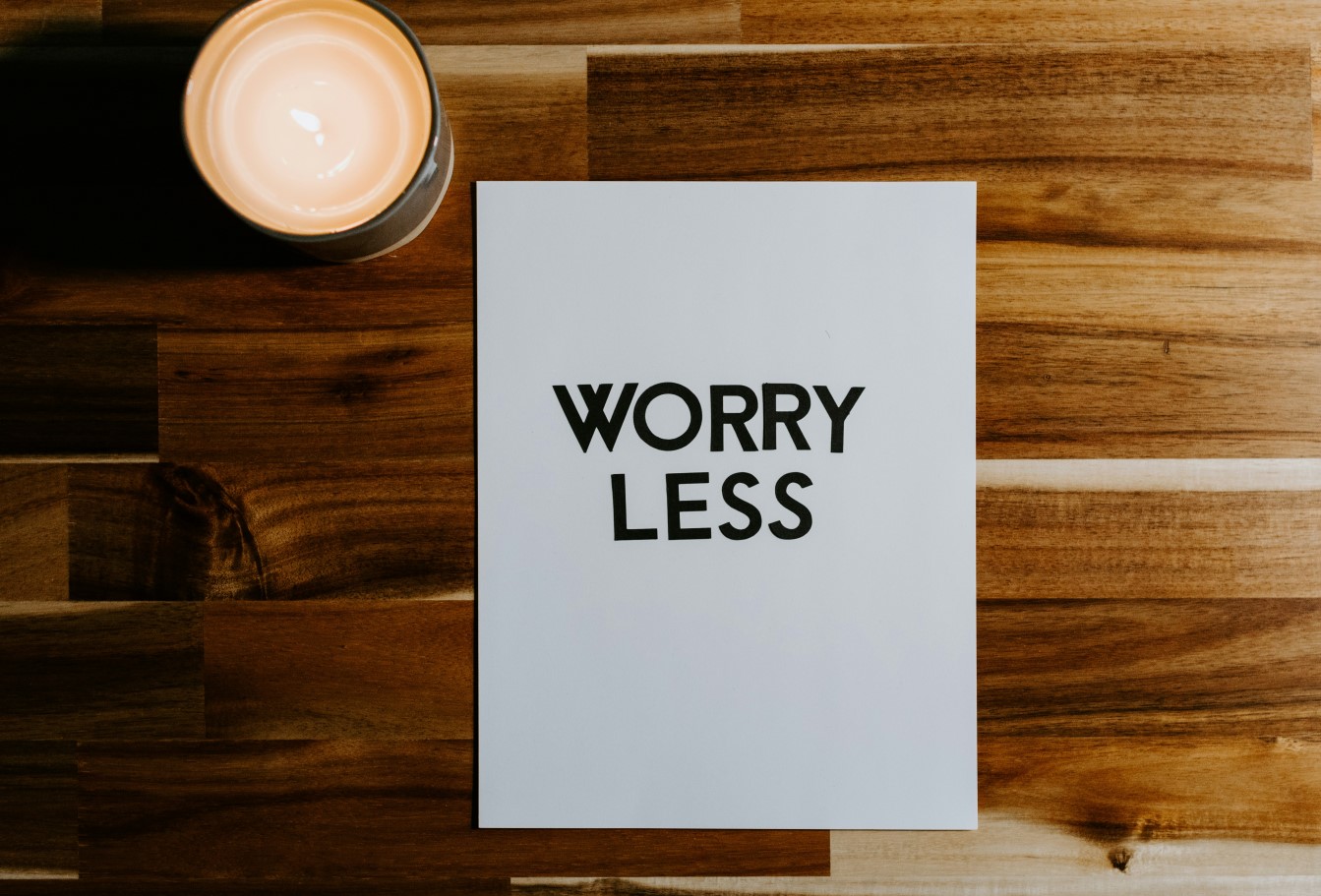
From persistent worrying to difficulty concentrating, the psychological symptoms of anxiety can significantly disrupt daily life.
Relentless Worrying
One of the hallmark psychological symptoms of anxiety is excessive, uncontrollable worrying. Those dealing with anxiety often find themselves consumed by anxious thoughts about future events, potential dangers, or catastrophic “what-if” scenarios.
Emotional Volatility
Anxiety tends to heighten emotional sensitivity and reactivity. (3) Individuals may struggle to regulate their emotions, leading to increased irritability, a shorter temper, and challenges managing feelings of stress, fear, or nervousness.
Inability to Relax
Feeling on edge or on the verge of panic is a common psychological experience for those with anxiety. This restlessness and inability to “turn off” the mind can make it hard to unwind, focus, or even sit still for extended periods.
Concentration Difficulties
Anxiety has a way of hijacking our attention, making it hard to stay focused and present. Intrusive, worrying thoughts can derail our ability to concentrate on work, conversations, or even simple daily tasks.
Losing a Sense of Control
A pervasive fear of losing control is a hallmark of anxiety disorders. Individuals may worry about “going crazy” or becoming completely overwhelmed by their thoughts and emotions.
Avoidance and Withdrawal
To manage the psychological distress of anxiety, people may withdraw from certain situations, activities, or social interactions that trigger their anxious symptoms. While this provides temporary relief, avoidance can reinforce the anxiety and lead to increasing isolation and disruption of daily life.
Intrusive, Negative Thoughts
Unwanted, distressing thoughts that repeatedly enter the mind are a common torment for those dealing with anxiety. These intrusive, often catastrophic thoughts can be extremely difficult to control and contribute to the cyclical nature of anxiety.
Hypervigilance and Exaggerated Threat Detection
Anxiety can make individuals hyper-aware and sensitive to potential threats or dangers, real or perceived. The mind is constantly scanning for problems, which can prevent true relaxation and lead to a perpetual sense of unease.
Catastrophic Thinking Patterns
Those with anxiety tend to engage in “catastrophic thinking” – anticipating the absolute worst-case scenario in any given situation. This cognitive distortion can turn minor concerns into major crises, further fueling the anxiety cycle.
How to Diagnose Anxiety?
Diagnosing an anxiety disorder starts with a thorough evaluation by a mental health professional. They will discuss your specific symptoms, and medical history, and use standardized diagnostic criteria to determine the type of anxiety disorder.
The process involves assessing the nature, severity, and duration of issues like excessive worry, panic attacks, and avoidance behaviors.
Medical Evaluation
Begins with a medical evaluation to rule out any underlying physical health conditions. This includes a physical exam, lab tests, and a review of the patient’s medical history.
Psychological Assessment
If no physical cause is found, the next step is a psychological assessment by a mental health professional. This involves a clinical interview, self-report questionnaires, and observations of the patient’s behavior.
Diagnostic Criteria
Mental health providers use standardized diagnostic criteria, such as those in the Diagnostic and Statistical Manual of Mental Disorders (DSM-5), to identify the specific type of anxiety disorder, such as generalized anxiety, panic disorder, or social anxiety.
Differential Diagnosis
It’s important to differentiate it from other mental health conditions with similar symptoms, like depression or PTSD. This may require additional testing and evaluation.
What is the Treatment for Anxiety?
Effective treatment can significantly improve quality of life by reducing the severity of symptoms and helping individuals manage their condition.
The primary treatment options include psychotherapy, medication, lifestyle changes, and support services, often used in combination for the most effective results.
Medications
- Antidepressants: Selective serotonin reuptake inhibitors (SSRIs) and serotonin-norepinephrine reuptake inhibitors (SNRIs) are often prescribed for anxiety. These medications help regulate neurotransmitters in the brain, reducing anxiety symptoms. Common SSRIs include fluoxetine, sertraline, and citalopram, while SNRIs include venlafaxine and duloxetine.
- Benzodiazepines: These medications, such as alprazolam and diazepam, are used for short-term relief of severe anxiety symptoms. They act quickly to reduce anxiety but can be habit-forming and are typically prescribed for short durations.
- Beta-Blockers: Medications like propranolol are sometimes used to manage physical symptoms of anxiety, such as rapid heart rate and tremors, particularly in situations of acute anxiety.
- Buspirone: This medication is specifically used for generalized anxiety disorder (GAD) and works by affecting neurotransmitters in the brain.
Psychotherapy and Counseling
- Cognitive-Behavioral Therapy (CBT): CBT is one of the most widely used therapies for anxiety. It focuses on identifying and changing negative thought patterns and behaviors that contribute to anxiety. CBT helps individuals develop coping strategies and problem-solving skills to manage anxiety more effectively.
- Exposure Therapy: Often used for phobias and PTSD, exposure therapy involves gradually and systematically exposing individuals to the situations or objects they fear, helping them build tolerance and reduce anxiety over time.
- Dialectical Behavior Therapy (DBT): Originally developed for borderline personality disorder, DBT has been adapted to treat anxiety. It combines cognitive-behavioral techniques with mindfulness practices to help individuals manage emotions and reduce anxiety.
Lifestyle Changes
- Regular Exercise: Physical activity has been shown to reduce anxiety symptoms. (4) Exercise releases endorphins, which are natural mood enhancers, and can improve sleep and self-esteem.
- Healthy Diet: A balanced diet that includes plenty of fruits, vegetables, whole grains, and lean proteins can positively impact mental health. Avoiding excessive caffeine and sugar, which can exacerbate anxiety, is also beneficial.
- Adequate Sleep: Poor sleep can worsen anxiety symptoms. Establishing a regular sleep routine and creating a relaxing bedtime environment can improve sleep quality.
- Mindfulness and Relaxation: Practices such as meditation, yoga, and deep breathing exercises can help reduce stress and anxiety. Mindfulness involves staying present and fully engaging in the current moment, which can reduce the tendency to worry about the future or ruminate on the past. (5)
- Limiting Alcohol and Avoiding Drugs: Alcohol and recreational drugs can increase anxiety and interfere with treatment. Reducing or eliminating these substances can improve anxiety symptoms.
Preventive Measures
- Early Intervention: Seeking help at the first signs of anxiety can prevent symptoms from becoming severe. Early treatment is often more effective and can reduce the risk of developing a full-blown anxiety disorder.
- Stress Management: Developing healthy ways to cope with stress, such as through hobbies, social activities, and relaxation techniques, can reduce the risk of anxiety.
- Building a Support Network: Having a strong support system of friends, family, and mental health professionals can provide emotional support and practical assistance during times of stress.
- Education and Awareness: Understanding anxiety and recognizing the symptoms can empower individuals to seek help early and adopt healthy coping strategies.
- Professional Help: Regular check-ins with a mental health professional can help monitor symptoms and adjust treatment plans as needed.
Last Words
Anxiety is a common problem that needs a thoughtful approach. Identifying the causes, recognizing the symptoms, and seeking proper treatment are key steps.
A plan including medications, therapy, lifestyle changes, and preventive measures can help individuals manage and alleviate the challenges of anxiety disorders.
References
- Gottschalk MG, Domschke K. Genetics of generalized anxiety disorder and related traits. Dialogues Clin Neurosci. 2017 Jun;19(2):159-168. doi: 10.31887/DCNS.2017.19.2/kdomschke. PMID: 28867940; PMCID: PMC5573560.
- Laura E. Lewis, Robert F. Drewett, Psychophysiological correlates of anxiety: A single-case study, Journal of Anxiety Disorders, Volume 20, Issue 6, 2006, Pages 829-835, ISSN 0887-6185
- Cisler JM, Olatunji BO, Feldner MT, Forsyth JP. Emotion Regulation and the Anxiety Disorders: An Integrative Review. J Psychopathol Behav Assess. 2010 Mar;32(1):68-82. doi: 10.1007/s10862-009-9161-1. PMID: 20622981; PMCID: PMC2901125.
- Anderson E, Shivakumar G. Effects of exercise and physical activity on anxiety. Front Psychiatry. 2013 Apr 23;4:27. doi: 10.3389/fpsyt.2013.00027. PMID: 23630504; PMCID: PMC3632802.
- Bentley TGK, D’Andrea-Penna G, Rakic M, Arce N, LaFaille M, Berman R, Cooley K, Sprimont P. Breathing Practices for Stress and Anxiety Reduction: Conceptual Framework of Implementation Guidelines Based on a Systematic Review of the Published Literature. Brain Sci. 2023 Nov 21;13(12):1612. doi: 10.3390/brainsci13121612. PMID: 38137060; PMCID: PMC10741869.
Related Posts:
- What Is Depression? Causes, Symptoms, and Treatment
- What is Schizophrenia? Causes, Symptoms, and Treatment
- What is Schizoaffective Disorder? Causes, Symptoms,…
- What is Bipolar Disorder? Causes, Symptoms, and Treatment
- What is Post Trauma Stress Disorder (PTSD)? Causes,…
- Effective Anxiety Disorder Treatments

